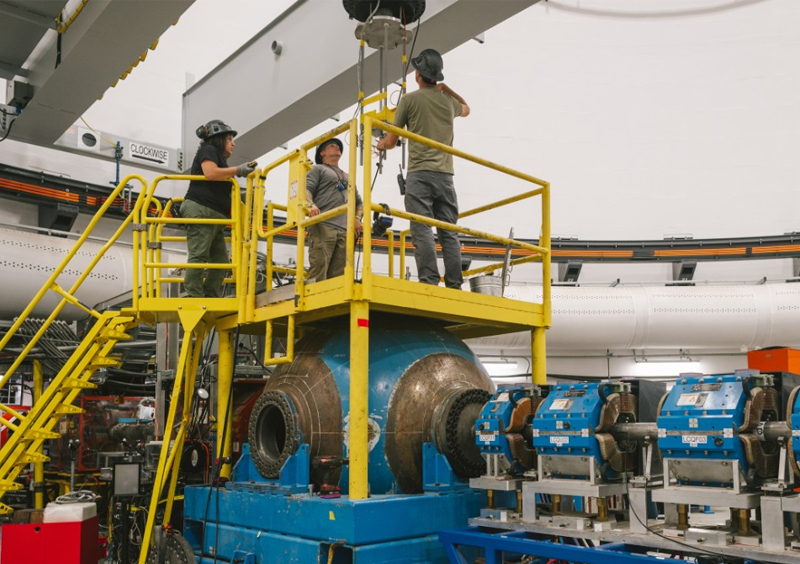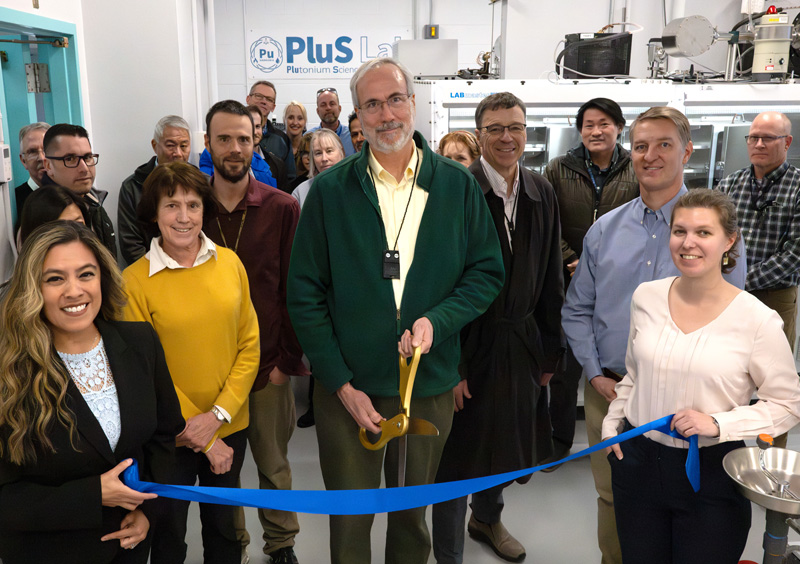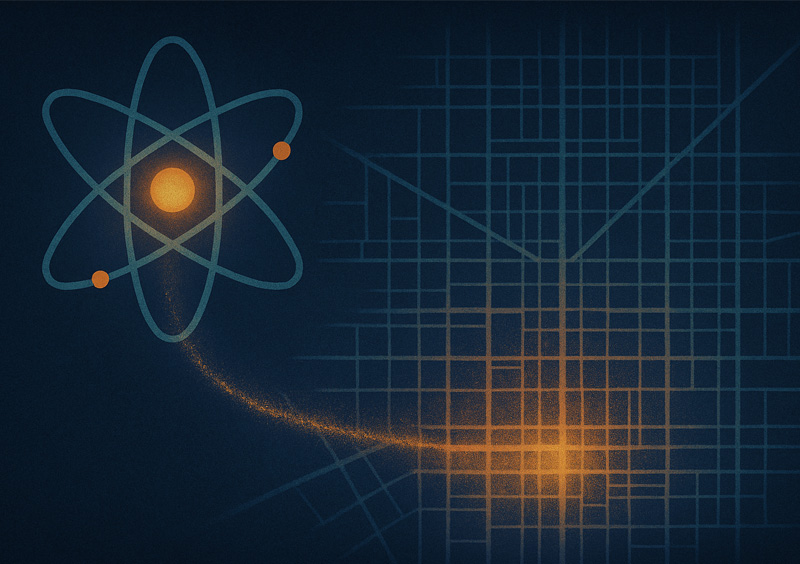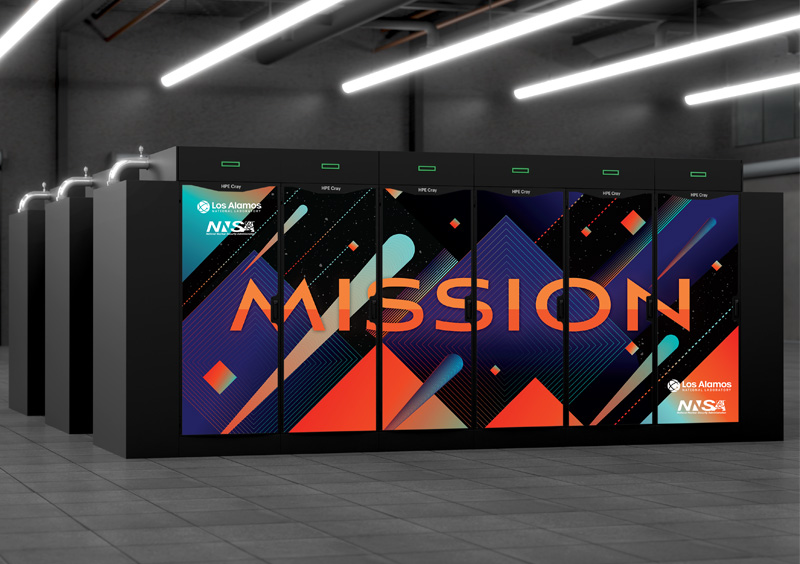A research team at Los Alamos National Laboratory is developing a new technology called the Non-destructive Alpha Spectrometer, or NDAlpha, which is the first field-deployable alpha spectrometer that is capable of "point and shoot” measurements of nuclear material or contaminated surfaces.
One of the key signatures of a nuclear accident is the release of alpha-emitting radionuclides such as plutonium.
“Alpha spectroscopy is exquisitely sensitive to these signatures, but normally it’s a laboratory technique,” said Mark Croce, principal investigator of NDAlpha and a researcher in Los Alamos’ Safeguards Science and Technology group.
Nuclear emergency-response field operations require data quickly. For example, knowing if plutonium or americium was released in a nuclear-fuel accident is vital information for emergency responders.
Current field instruments usually rely on gamma spectroscopy, which is much less sensitive to alpha-emitting radionuclides. Fission products, as in spent nuclear fuel, create intense interference. Because of that, contamination cannot be measured completely at the site of an accident. Normally, samples would be processed, purified and analyzed in a laboratory, a process that takes much longer.
“Our spectrometer effectively removes the fission product interference from beta particles with a compact permanent-magnet filter, and has low sensitivity to gamma rays, so it can measure nuclear fuel debris directly,” Croce said.
While there are other instruments capable of detecting alpha particles at a contaminated area, these techniques are generally only able to determine the alpha-particle count rate. For isotopic determination, material must be removed from the contaminated area and analyzed in the lab.
Specific, real-time information about the isotopes, which NDAlpha can provide, will improve models of dose rate to personnel in a nuclear accident scenario and help manage radiation hazards.
The field-deployable alpha spectrometer is designed to be compact and relatively low cost, as it could be used in contaminated areas.
“A robot can easily carry it places where you wouldn’t want to go,” Croce said.
About the team
The NDAlpha team consists of Katherine Schreiber, Daniel McNeel, Rico Schoenemann, Emily Teti, Jacob Ward, Matthew Carpenter and Istvan Robel, who all work in the Safeguards Science and Technology group, and Hye Young Lee, of the Nuclear and Particle Physics Applications group.
LA-UR-24-22274






